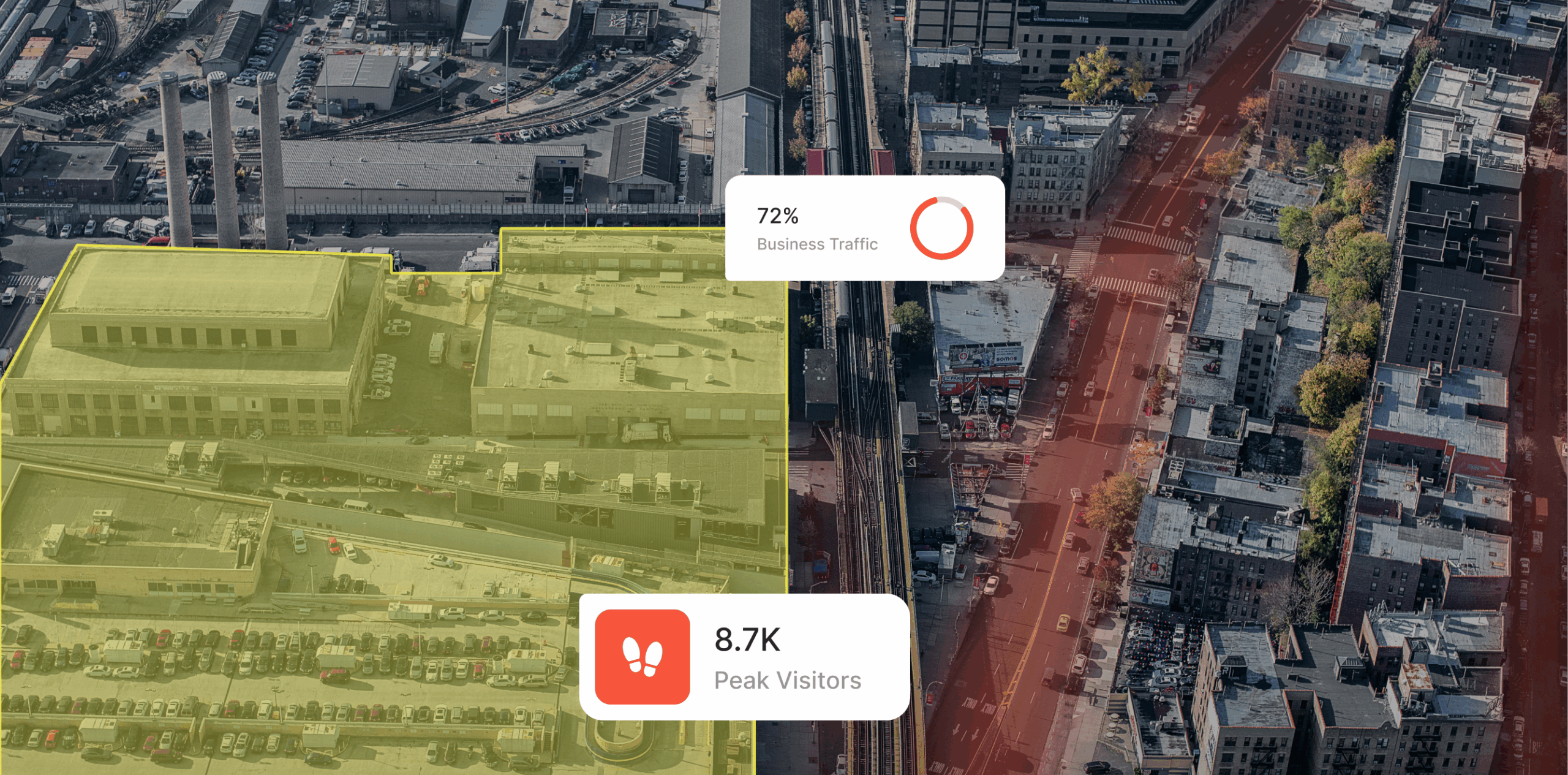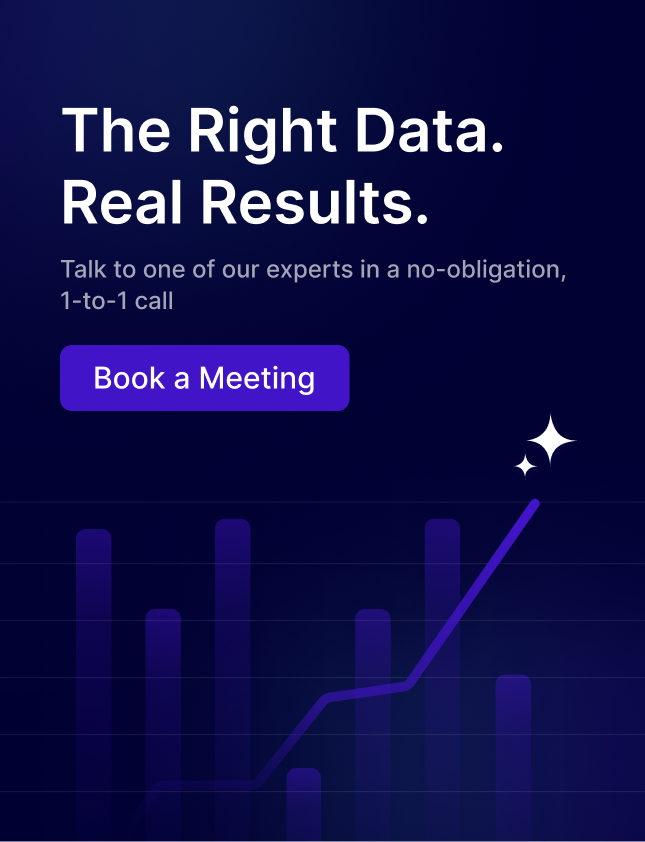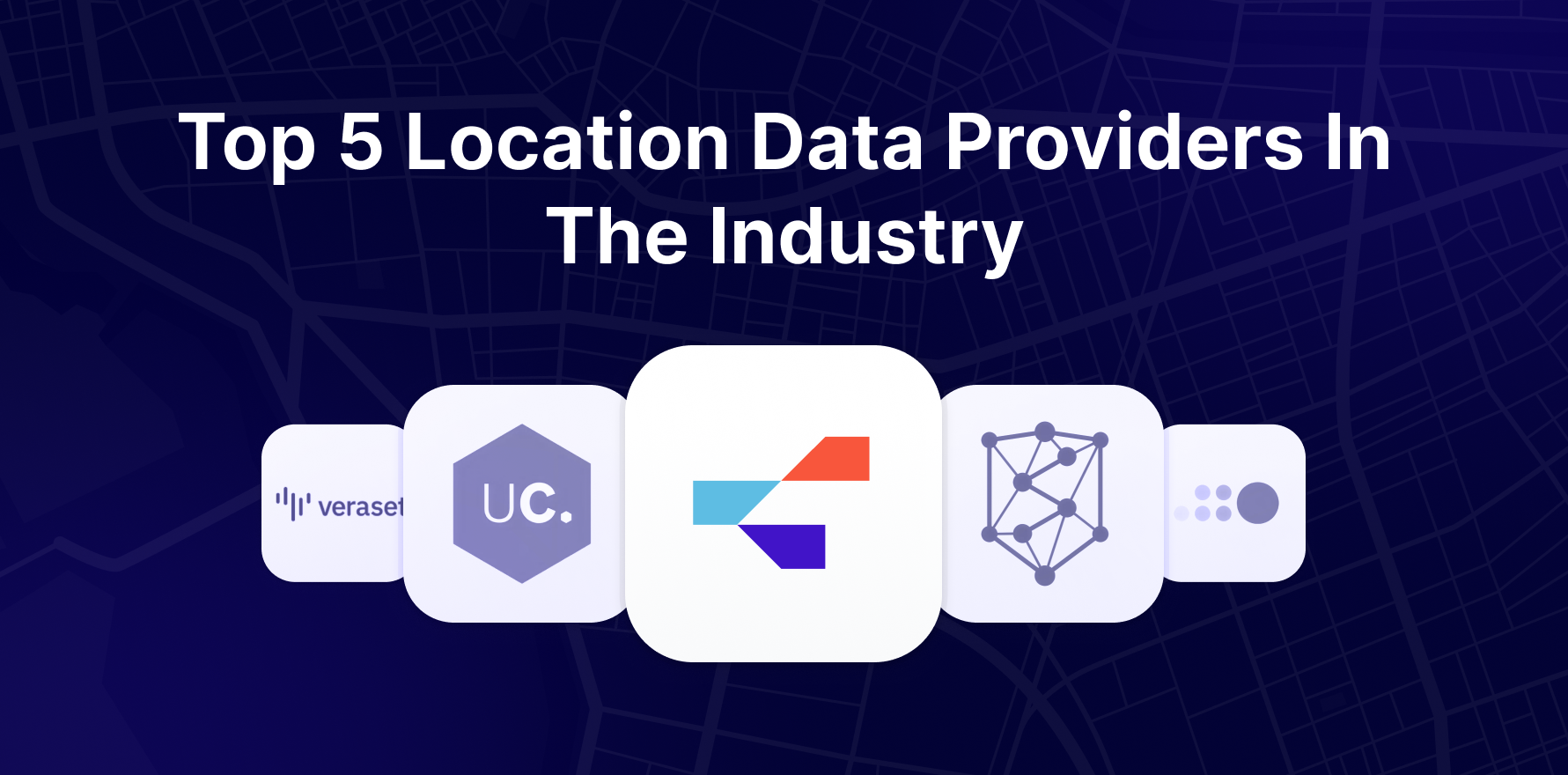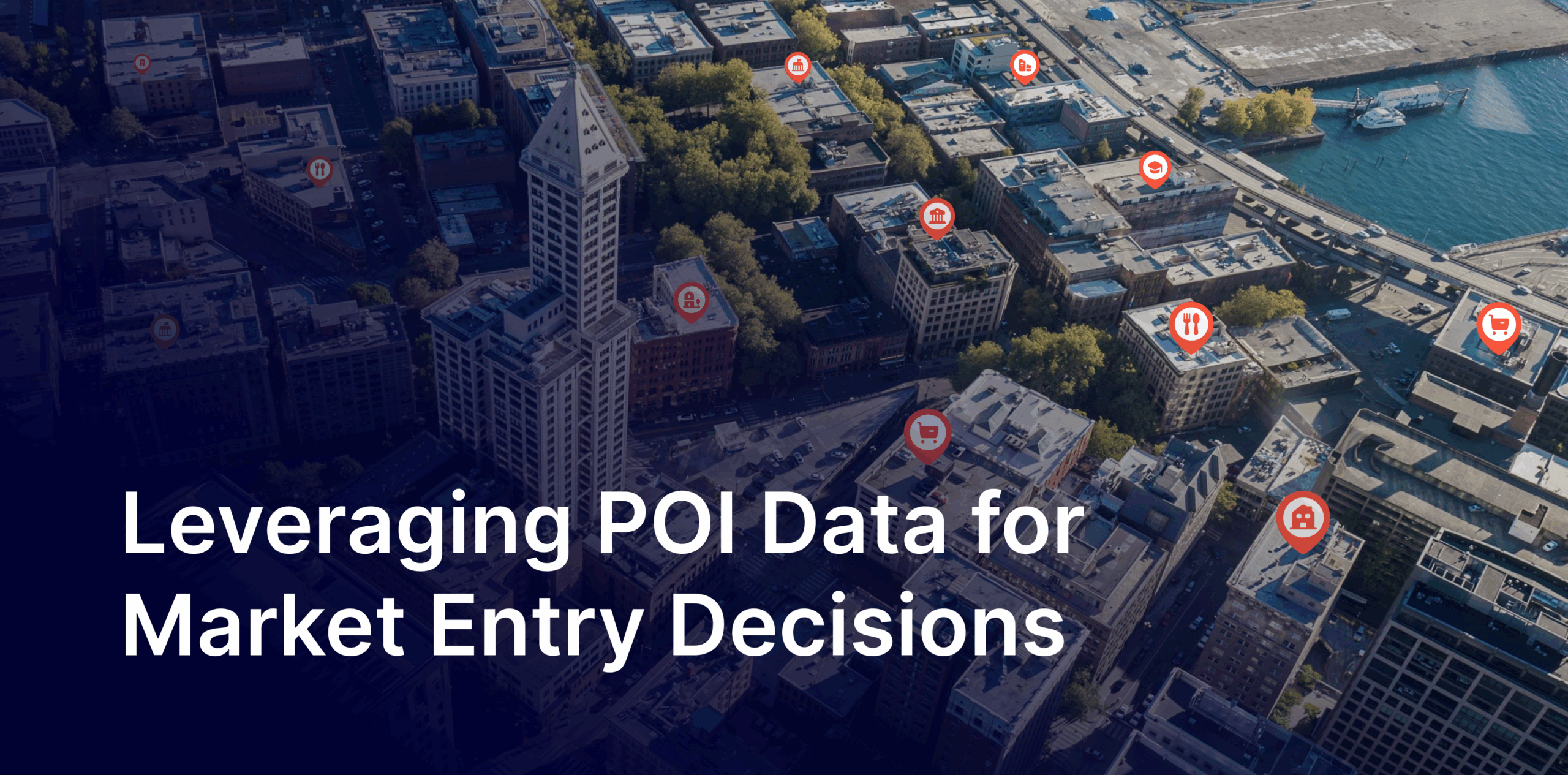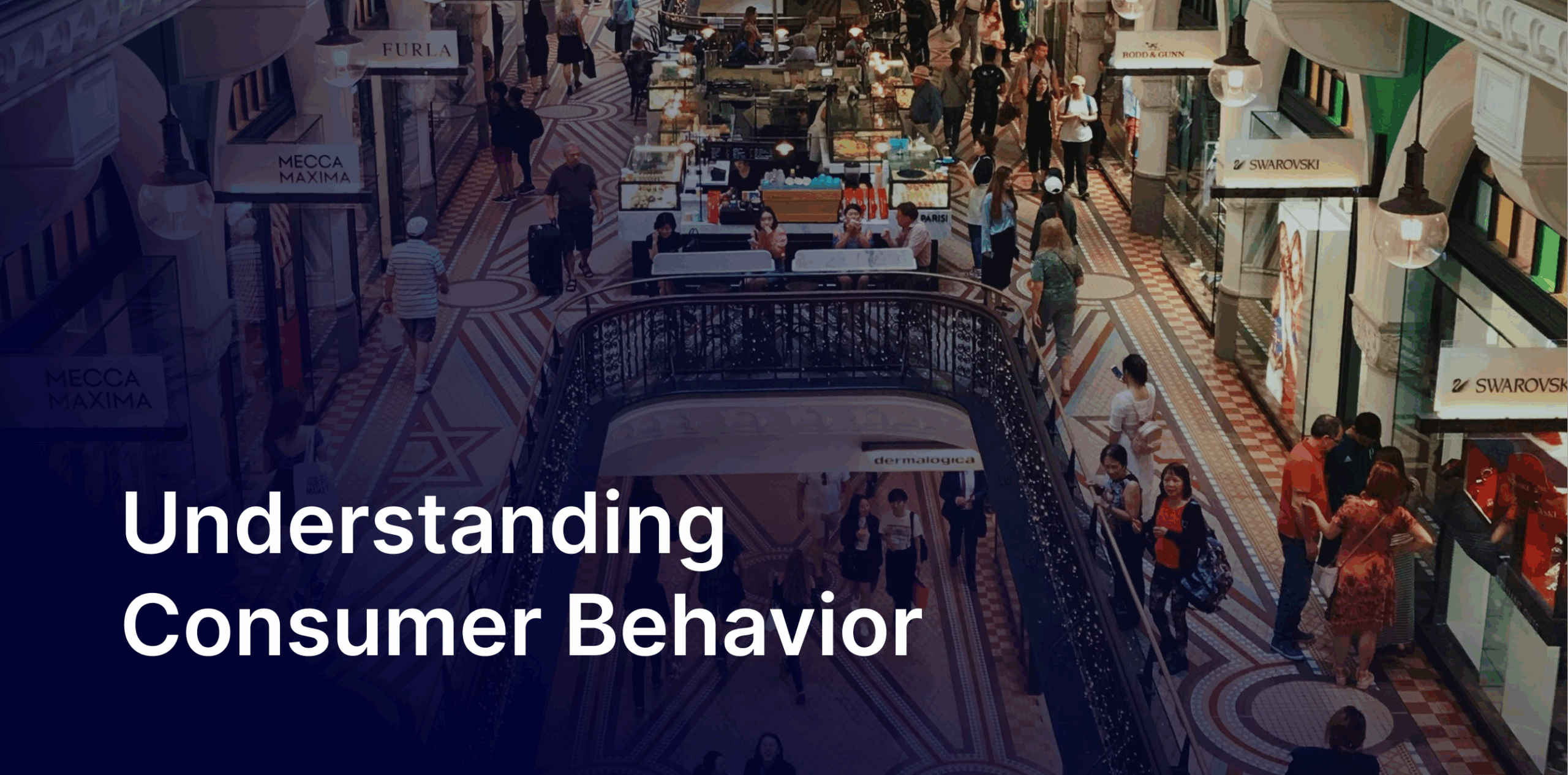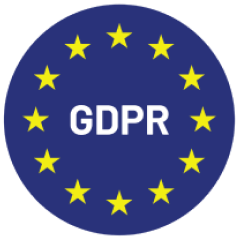Ever noticed how some stores always seem perfectly stocked, with short queues and helpful staff? That’s no accident. These retailers use retail predictive analytics powered by visit data forecasting to make smarter decisions before customers even walk in.
In today’s fast-paced retail world, reacting to what has already happened just doesn’t cut it. The best brands look ahead. Retailers are staying ahead of the curve by using customer traffic prediction tools like visit data, improving customer experience, and running smoother operations.
Why forecasting matters in retail
Retail is a game of balance. You need just enough inventory and the correct number of staff to meet demand without wasting money. Missing that balance can lead to losing sales, frustrating customers, or overspending on labor.
Traditional forecasting methods focused mainly on sales history. While helpful, it only tells you what people have already bought.
It doesn’t explain what brought them to your store or how they shopped once they arrived.
That’s where retail trend forecasting with visit data makes a difference. It reveals retail visit patterns, such as when people show up, how long they stay, and where they go. This gives you the tools to plan, not just play catch-up.
What the Visit data reveals
Visit data gives you more than just numbers. It helps you see how people move and behave in your store.
You can spot daily changes like slow mornings and busy evenings. Weekly rhythms show up too, as weekends might be packed while weekdays are slower. Seasonal shifts, holiday peaks, and weather influence how and when people shop.
But it’s not just about traffic volume. Visit data shows how long people stay, what departments they explore, whether they shop solo or in groups, and if they’re loyal or first-time visitors. This kind of customer movement analysis helps build accurate, personalized forecasts.
How visit data helps retailers plan better
When you combine visit data with predictive models, you start making more brilliant moves across the board.
Sales forecasting becomes more precise. You can factor in regular retail traffic trends, growth patterns, weather forecasts, event calendars, etc. Say a garden center sees a sunny weekend coming up. They can stock up and staff up ahead of time based on visit data forecasting.
Retail staffing optimization gets easier, too. You can plan schedules around expected footfall, assign the right people to the busiest areas, and match employee skills with customer needs. For example, a clothing store can add extra fitting room staff on Saturdays and scale down during slower weekday mornings.
Inventory prediction improves as well. You’ll align stock levels with expected demand, schedule deliveries during quiet hours, and time promotions to hit during peak traffic. This is especially helpful for seasonal products where timing is everything.
5 reasons to use Location Intelligence in real – Insights inside
How a retail brand solved peak-time chaos with visit data
A large retail chain was struggling with an all-too-familiar issue. Peak hours led to long queues, frustrated customers, and overworked staff. Meanwhile, quiet hours left employees idle and productivity low.
They started analyzing visit data across their store network and discovered something they hadn’t noticed before.
Foot traffic consistently spiked at specific intervals, roughly every 28 to 30 days, aligned with recurring customer behaviors.
Interestingly, they also saw that promotional campaigns didn’t drive immediate surges but showed delayed traffic jumps, usually peaking three days after launch.
Using these insights, the brand reshaped its staffing strategy. Rather than relying solely on past sales to guide shift schedules, they built a dynamic model based on customer traffic prediction.
The result was shorter wait times during busy hours, better employee coverage where needed, and smoother operations across locations overall.
Solving the forecasting puzzle
Visit data is powerful, but it needs the proper setup. First, make sure your data is clean and accurate. That means reliable tracking tools, regular audits to fix errors, and cross-checks with sales, weather, and promotion logs.
Then, keep refining your models. Check your predictions against actual results, test new inputs, and focus on making the data easy to understand and act on.
Context matters, too. Your visit data will be even more valuable when combined with local events, nearby construction, marketing campaigns, and weather forecasts. This will make your predictions more complete and useful for data-driven retail planning.
How to get started
Getting going with visit data doesn’t have to be complicated. Start with solid visitor tracking that captures total footfall and deeper details like dwell time. Understand your store’s normal patterns by hour, day, and season.
Watch for links between visit spikes and external factors like weather or promotions. Begin by predicting basic visit volumes, then expand to forecasting staffing and inventory.
Most importantly, treat this as an ongoing process. The more you test and improve, the better your results will get.
The future of retail forecasting
Technology is only getting smarter. AI forecasting tools will uncover patterns humans might miss, and real-time models will update predictions throughout the day.
Integrated platforms will connect staffing, inventory, and marketing around shared data. Privacy-safe approaches will let you understand customer groups without tracking individuals.
It all adds up to smarter, leaner, more responsive retail operations powered by retail predictive analytics.
The takeaway
In retail, being reactive just isn’t enough anymore. Visit data gives you the power to look ahead, not just back. Understanding how people shop, not just what they buy, helps you make better decisions about inventory, staffing, and layout.
Retail predictive analytics creates smoother shopping experiences and more efficient stores. It’s already the new norm for brands serious about growth.
Want to see how visit data can help you plan smarter?
Request a custom sample based on your preferred location and start making more informed decisions today.
Find out how Factori could help your business
You may also like

